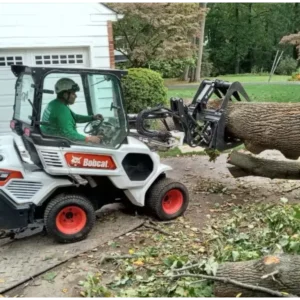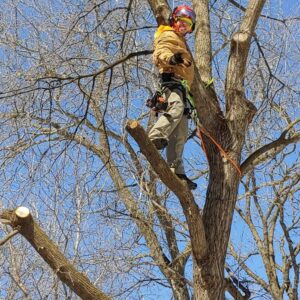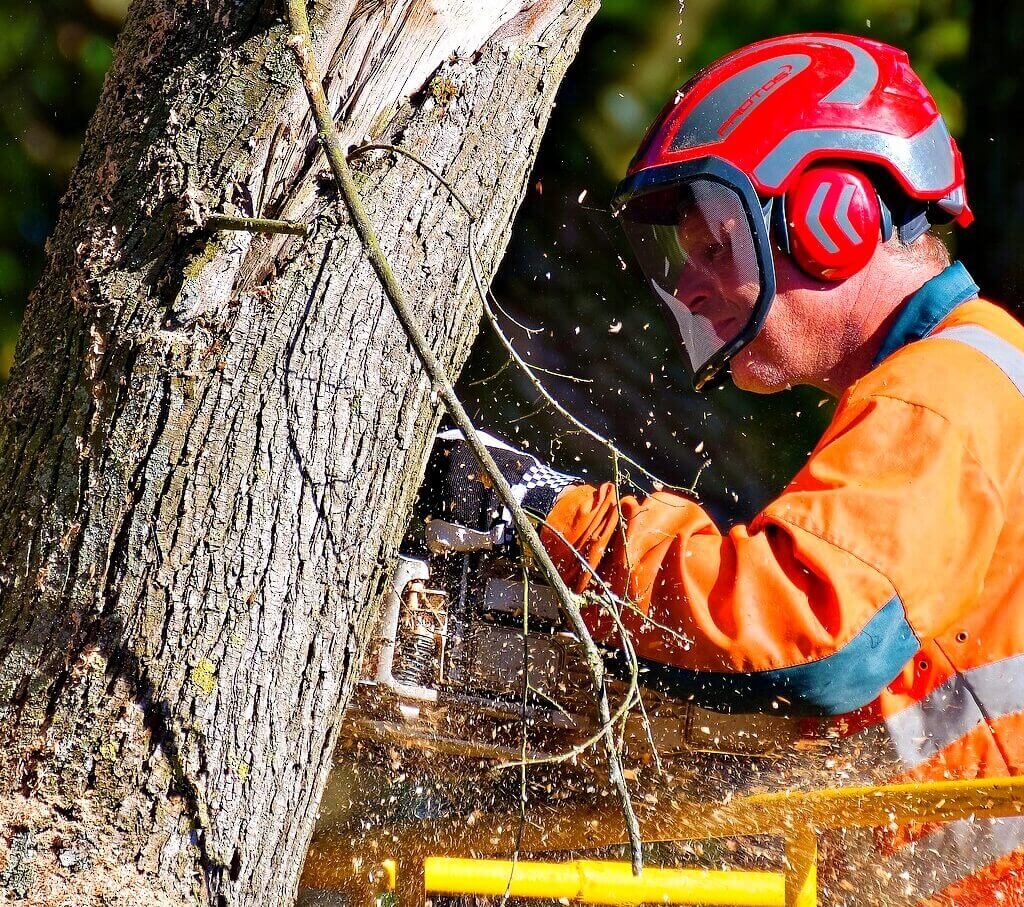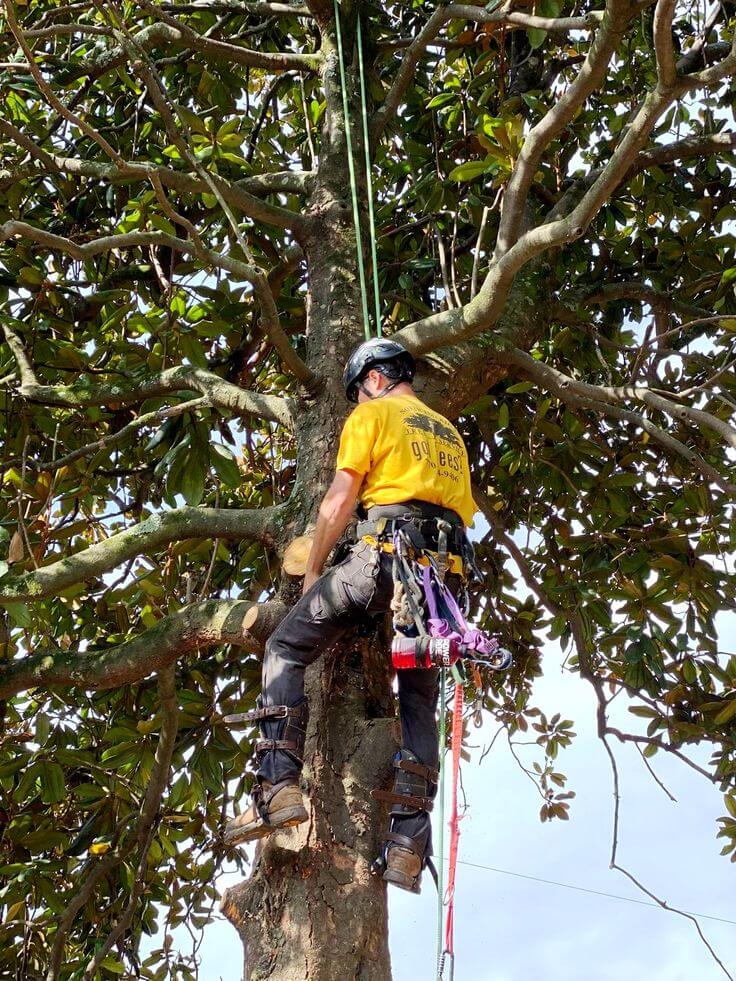Tree Removal Business: A Comprehensive Guide to Success
Introduction
Tree removal services play a crucial role in maintaining safe and aesthetically pleasing environments. Whether it’s removing hazardous trees after a storm or clearing land for new construction, the tree removal business is both essential and profitable. In this guide, we’ll explore everything you need to know to start and run a successful tree removal business.
Understanding the Tree Removal Industry
Market Size and Growth Potential
The tree removal industry has seen significant growth over the past decade, driven by increased urbanization and the need for landscape maintenance. With more people moving to suburban areas, the demand for professional tree services has skyrocketed, presenting a lucrative opportunity for new entrepreneurs.

Common Services Offered
Tree removal businesses typically offer a range of services including:
Tree cutting and removal
Stump grinding and removal
Pruning and trimming
Emergency storm damage cleanup
Land clearing and brush removal
Starting a Tree Removal Business
Essential Skills and Qualifications
Starting a tree removal business requires a mix of practical skills and formal qualifications. Arborist certification is highly recommended as it demonstrates expertise and credibility. Additionally, knowledge of horticulture and environmental regulations is beneficial.
Legal Requirements and Certifications
Before you can start operating, you’ll need to obtain the necessary licenses and permits. This often includes a business license, insurance, and specific certifications such as ISA (International Society of Agriculture) certification.
Business Planning and Strategy
Developing a Business Plan
A successful business starts with a strong plan. This plan should detail your business objectives, identify your target market, analyze the competition, outline your marketing approach, and include financial forecasts.
Identifying Target Markets
Identify your target market by considering factors such as location, demographics, and local demand for tree services. Residential areas, commercial properties, and municipalities are all potential clients.
Equipment and Tools Needed
Basic Equipment for Tree Removal
The essential tools for tree removal include chainsaws, pruning shears, axes, and safety gear like helmets, gloves, and harnesses.
Advanced Tools and Machinery
As your business grows, you might invest in more advanced machinery such as stump grinders, wood chippers, and bucket trucks to increase efficiency and handle larger jobs.
Hiring and Training Staff
Finding Qualified Employees
Hiring skilled employees is crucial for providing high-quality services. Look for individuals with experience in landscaping or forestry, and consider providing on-the-job training.
Training and Safety Protocols
Implement comprehensive training programs to ensure all staff are proficient in using equipment and following safety protocols. Regular safety drills and certifications can help minimize workplace accidents.
Safety and Risk Management
Importance of Safety in Tree Removal
Tree removal is inherently dangerous, making safety a top priority. Always conduct a risk assessment before starting a job and use appropriate safety gear.
Insurance and Liability
Invest in comprehensive insurance coverage to protect your business from potential liabilities. This includes general liability insurance, workers’ compensation, and property damage insurance.
Marketing Your Tree Removal Business
Online Marketing Strategies
Having a robust online presence is crucial for drawing in clients.This includes a professional website, SEO optimization, and active social media profiles. Online reviews and testimonials can also build trust and credibility.
Offline Marketing Techniques
Traditional marketing methods like flyers, business cards, and local advertising can also be effective. Networking with local businesses and participating in community events can increase your visibility.
Pricing Your Services
Factors Influencing Pricing
Pricing can vary based on the complexity of the job, the size of the tree, and the location. Other factors include equipment costs, labor, and overhead expenses.
Competitive Pricing Strategies
Research your competitors to understand market rates and position your pricing accordingly. Offering free estimates and discounts for repeat customers can give you a competitive edge.
Customer Service and Retention
Providing Excellent Customer Service
Exceptional customer service can set your business apart. Be responsive, professional, and courteous to build a positive reputation.

Building Long-Term Client Relationships
Fostering long-term relationships with clients can lead to repeat business and referrals. Regular follow-ups and loyalty programs can help maintain these relationships.
Challenges in the Tree Removal Business
Common Obstacles and How to Overcome Them
Challenges such as weather conditions, equipment malfunctions, and regulatory changes are common in the tree removal industry. Stay adaptable and proactive in addressing these issues.
Dealing with Difficult Clients
Managing client expectations and maintaining open communication can help resolve conflicts and ensure customer satisfaction.
Sustainable Practices
Eco-friendly Tree Removal Methods
Incorporate eco-friendly practices by using biodegradable oils, recycling wood chips, and minimizing waste. Encouraging eco-friendly practices can appeal to clients who prioritize sustainability.
Recycling and Waste Management
Implementing a recycling program for wood and green waste can reduce environmental impact and provide additional revenue streams.
Seasonal Considerations
How Seasons Affect Tree Removal Business
Seasonal changes can impact demand for tree services. For example, winter storms may increase emergency calls, while spring and summer are busy for regular maintenance.
Planning for Seasonal Demand
Plan your workforce and inventory to handle seasonal fluctuations. Offering seasonal promotions can also boost business during slower periods.
Case Studies and Success Stories
Examples of Successful Tree Removal Businesses
Highlighting successful businesses in the industry can provide inspiration and insights. Case studies can showcase effective strategies and best practices.
Lessons Learned from Industry Leaders
Learning from industry leaders and their experiences can help you avoid common pitfalls and adopt successful techniques.
Conclusion
The tree removal business offers a rewarding opportunity for those willing to invest in the necessary skills, equipment, and marketing strategies. By prioritizing safety, providing excellent customer service, and adopting sustainable practices, you can build a successful and respected business in this growing industry.

